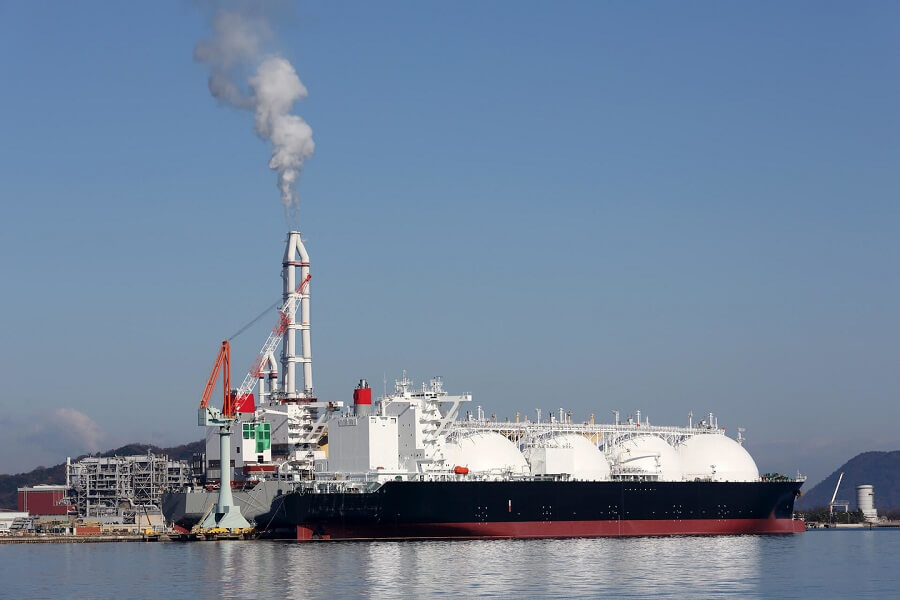In its liquefied state, natural gas takes up 1/600th of the space, making it much easier to ship and store when pipeline transport is not feasible. As world energy consumption increases, experts anticipate that the LNG trade will grow in importance.
LPG has two origins: 60% is recovered during the extraction of natural gas and oil from the earth, and the remaining 40% is produced during the refining of crude oil. LPG is thus a naturally occurring by-product. In the past, LPG was destroyed through venting or flaring (i.e. the burning off of unwanted gas), wasting the full potential of this exceptional energy source.Although tied to the production of natural gas and crude oil, LPG has its own distinct advantages and can perform nearly every fuel function of the primary fuels from which it is derived.
Origin: USA & Australia


